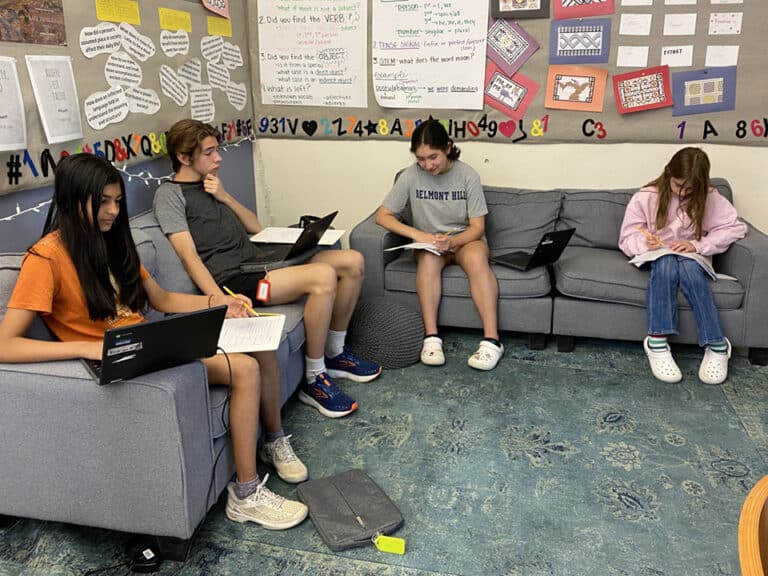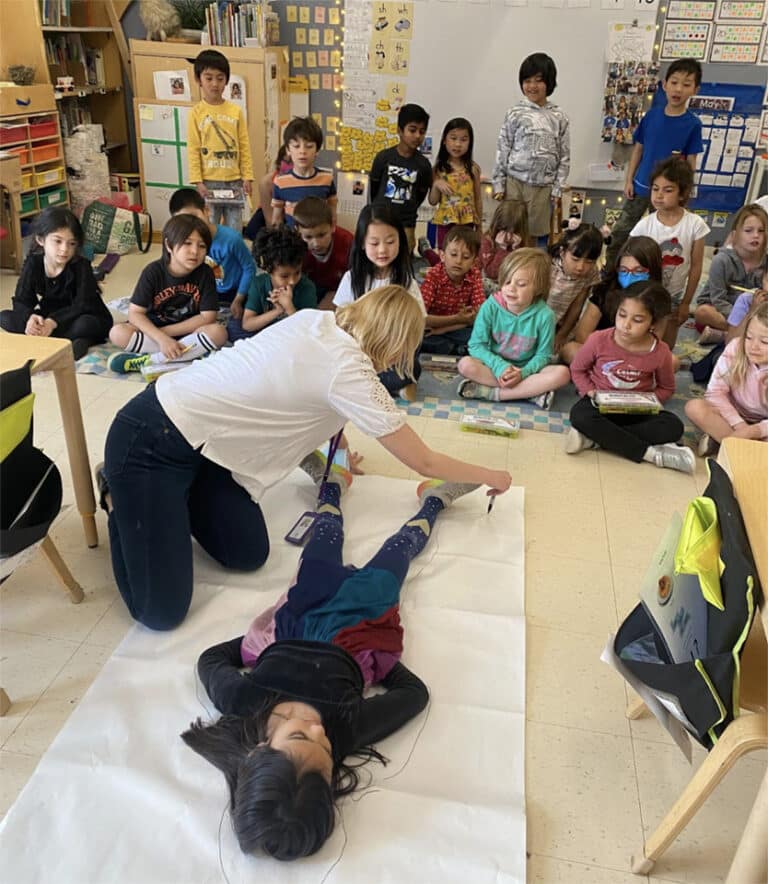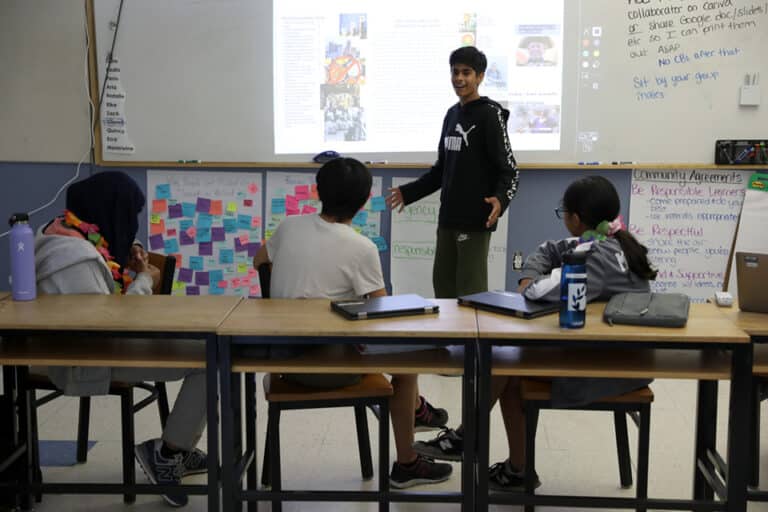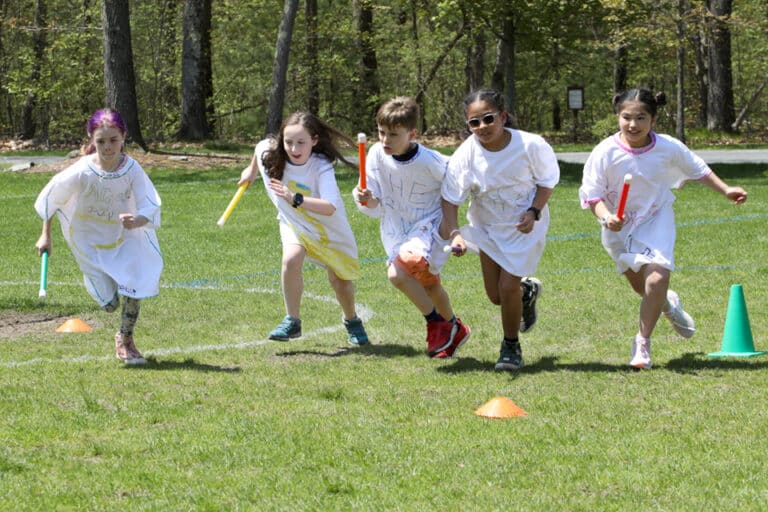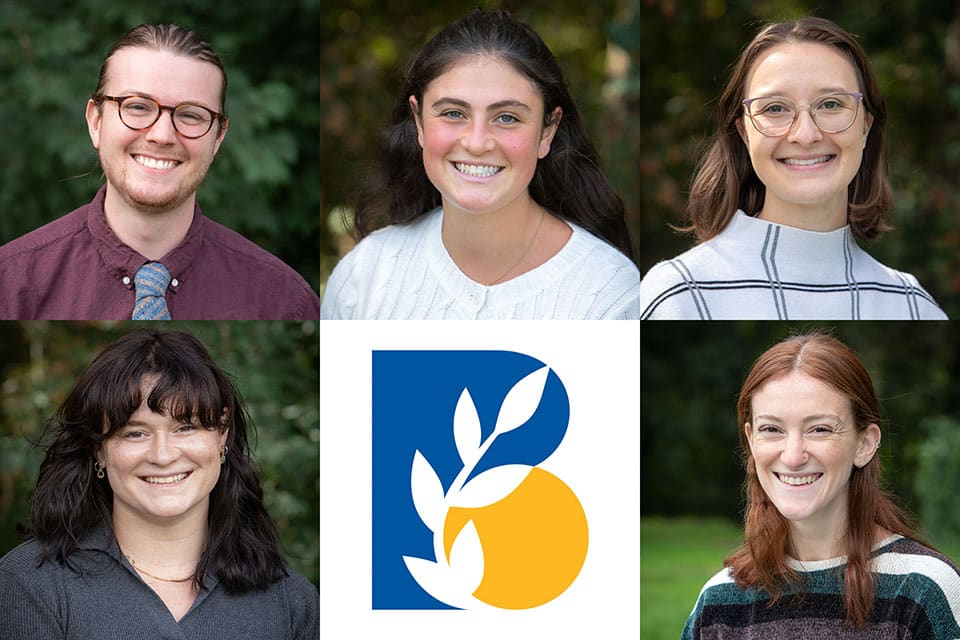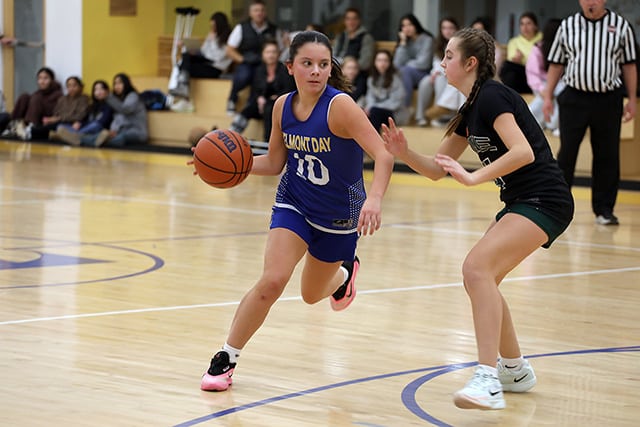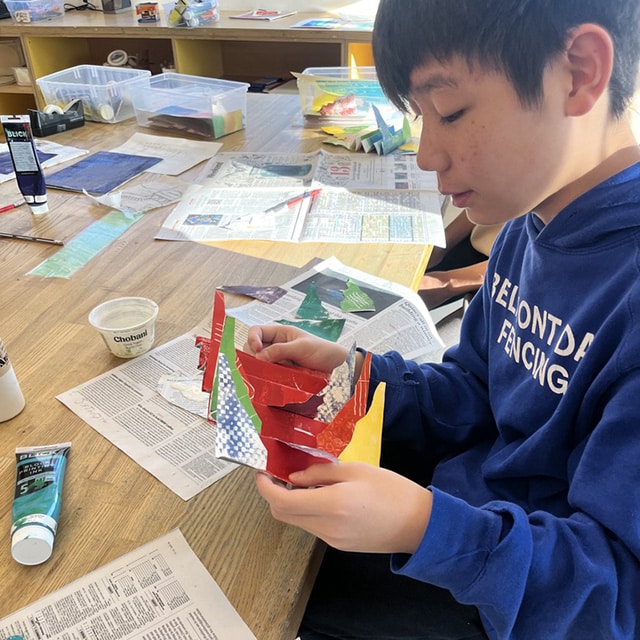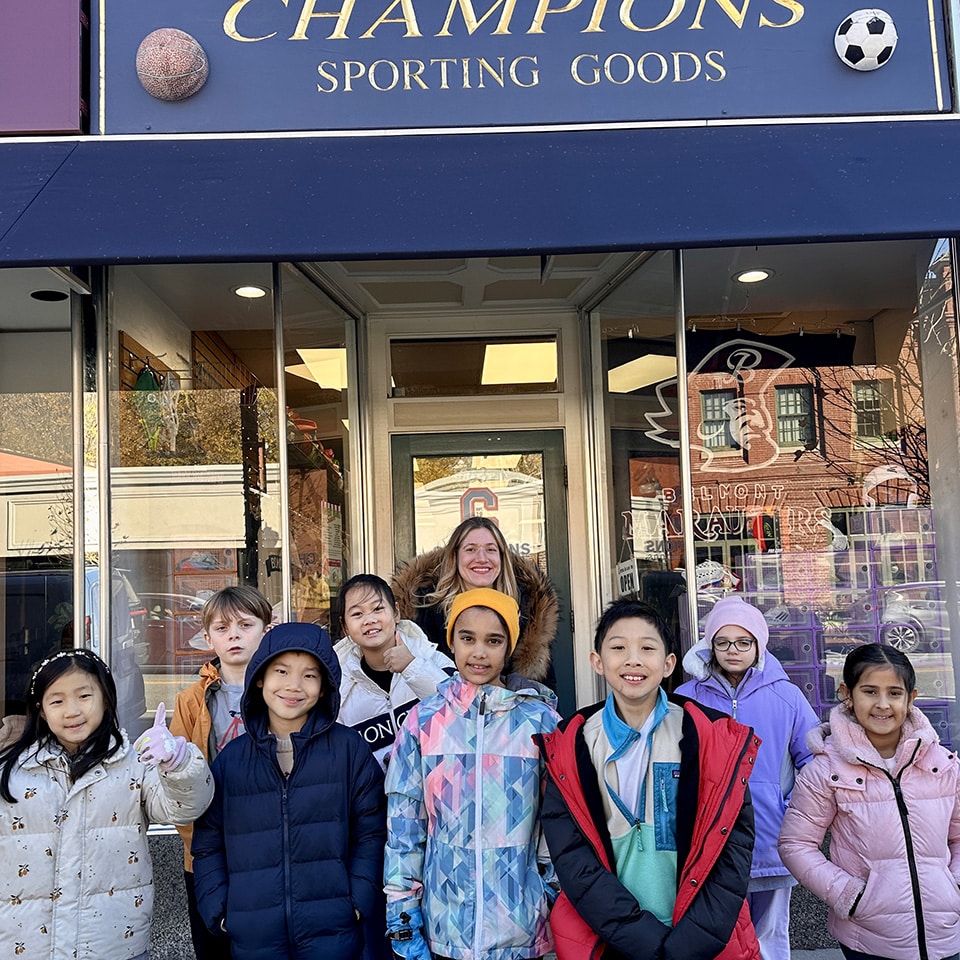Latin Students Examine Ancient Medicine’s Connections to Today
As Latin students know, there is always much to be learned and gained from the ancient world. Hippocrates was a Greek physician from whom we have the eponymous Hippocratic Oath taken by medical professionals. Students first took a look at the oath translated into English from its original form. We then examined the updated oath from the 1960s. Most recently, in 2020, as a result of the COVID-19 pandemic and re-energized civil rights movement, an incoming class at the University of Pittsburg’s medical school rewrote the oath to utilize inclusive language and recognize the racial, socio-economic, and gender disparities in medical practices (among others). Students, in their examination, connected this work to a narrative they read in Latin about ancient medical practices. Students were curious to learn more about the practices of an astrologer who uses the sky and stars to predict outcomes as well as a physician’s use of mice and cobwebs. As students learn about medical practices in the ancient world, they will also begin to explore additional scientific advancements. Through examination of these primary sources as well as comprehension of fictional Latin stories, students work to have a full picture of the cultural and linguistic context needed to understand life in the ancient world. Not only do our students learn much from the ancient world, but they learn about and take steps to improve it!
– Nicole Buck, Latin teacher
Dance, Dance, Dance With Kindergarten!
From ballet to powwow, kindergartners have been learning about dances from all around the world. We became experts in the shimmy and the Charleston and held our own roda (circle) to practice our capoeira moves from Brazil. Before learning the moves, students learned where the dance came from and its history. We talked about why the shimmy and Charleston had been banned with one kindergartener sharing, “It was because they didn’t want people to question the way things were.” We also learned about the history of powwows and how they were used to bring different tribes together. In our final week of the dance unit, students were traced onto large pieces of paper performing one of their favorite dance moves. Students then decorated their outlines with their favorite dances. Everyone answered the questions, ‘Why do you like to dance?’ and ‘How can dance bring people together with unique designs and bright colors!?’
– Sophie Williamson, associate teacher
Eighth Grade Completes Projects on The Reconstruction and Reparations
This week in eighth grade social studies, students wrapped up their unit on The Reconstruction and Reparations with a design project. In pairs or small groups, students selected an injustice and designed a reparations package for the survivors of that injustice or their descendants. Many students chose to focus on the injustices of redlining or segregated education. Students demonstrated empathy and creative thinking as they were freed from the constraint of what could be done and focused on what, from their perspective, should be done. The week ended with a class discussion about the various plans for reparations that they came up with and what the best next steps are.
– Kate Burns, middle school social studies teacher
PE Update: Greek Olympics Dazzles Record Crowd
It is a tradition dating back to antiquity. When the sun emerges after the long winter, athletes from various city-states gather to display incredible feats of strength, courage, speed, and bravery.
In physical education this week the fourth graders competed in their annual Greek Olympics, featuring five different city-states, eight events, and one incredible chariot race up the BDS driveway. In partnership with the classroom curriculum, students not only learn about Greek culture but embody it as they toss javelins, engage in meta-boxing, and proudly wear the self-designed garments of their city-state.
This year’s event brought out record crowds to cheer on the competitors. They rose to the occasion, bringing honor to their grade and showing what it means to be an athlete in action as well as spirit. It was an event that will go down in history.
– Alex Tzelnic, physical education teacher and mindfulness director
